Non-fungible tokens (NFTs) have revolutionized the way we perceive and trade digital assets. Out of the various NFT standards that have emerged, ERC-1155 has gained significant traction due to its efficiency and flexibility. If you’re a developer, tech startup, or even a blockchain enthusiast looking to create your own unique ERC-1155 NFTs on the Ethereum blockchain, this guide will walk you through the process step by step.
What is an ERC-1155 NFT?
The ERC-1155 is a multi-token standard on Ethereum which allows a single smart contract to create different types of tokens such as fungible, semi-fungible, or non-fungible tokens (NFTs). Unlike other standards, it’s not just meant for solo NFTs but also supports batch transfers for both NFTs and FTs (fungible tokens). Think of it as a crypto-chameleon—adaptable, nimble, and capable of representing a wide array of digital assets with lower gas costs than traditional ERC-721 contracts. This makes it a great option for creators and collectors alike.
Prerequisites for creating ERC-1155 NFTs
Before you start creating ERC-1155 NFTs, there are a few things you need to have in place:
- Basic understanding of the Ethereum blockchain and smart contracts.
- Access to an Ethereum wallet like MetaMask.
- Knowledge of a programming language that supports Ethereum smart contracts, such as Solidity.
- A development environment.
Steps to create an ERC-1155 NFT
To create your ERC-1155 NFT, follow these essential steps:
Step 1: Set Up Your Environment
You need to set up a development environment where you can write, test, and deploy your smart contract. This can be done using various Ethereum development frameworks like Truffle or a simple online IDE such as Remix.
Step 2: Write Your Smart Contract
Create a new Solidity file in your preferred environment. Your smart contract needs to import the ERC-1155 interface and then define the functions required by the standard. You will specify what royalties (if any) you want to collect from secondary sales and include any additional metadata for your NFT.
The following is an example of what a minimal ERC-1155 contract might look like:
“`
pragma solidity ^0.8.0;
import “@openzeppelin/contracts/token/ERC1155/ERC1155.sol”;
contract MyERC1155 is ERC1155 {
constructor() ERC1155(“https://example.com/api/token/{id}.json”) { }
function mint(address account, uint256 id, uint256 amount, bytes memory data) external {
_mint(account, id, amount, data);
}
}
“`
In this example, we have a contract called `MyERC1155` that extends the `ERC1155` contract from the OpenZeppelin library, which is a widely-used set of secure, reusable smart contracts. We have a `mint` function that can create new tokens and a constructor that sets the base URI for the token’s metadata.
Step 3: Compile Your Smart Contract
With your contract written, you need to compile it to bytecode. This is what will be deployed to the Ethereum network.
Step 4: Deploy Your Smart Contract
Using a tool like Remix or Truffle, deploy your smart contract to the Ethereum network. Make sure you are connected to your wallet.
Step 5: Mint Your NFTs
Once your smart contract is deployed, you should have a web3 interface available through which you can mint your NFTs. Specify the ID of the NFT, the recipient’s address, and any additional metadata that you have set up in your contract.
Step 6: Test Your NFT
Before launching your NFT, it’s crucial to test it. Send your NFT to multiple addresses, ensure all metadata are accessible, and guarantee that you handle royalties correctly.
Best practices for creating ERC-1155 NFTs
Now that you know how to create ERC-1155 NFTs, here are some best practices you should follow:
Optimize for Gas
Minimize the number of storage slots and the amount of computation your smart contract requires. This reduces the gas used and makes transactions more affordable for your users. Also, consider using the `ERC-1155` standard’s native batch transfer functions instead of creating your own.
Secure Your Smart Contract
NFTs, by their nature, are valuable, and their smart contracts should be secure. Follow best practices for smart contract security and consider audits, especially if you’re not an experienced developer. Additionally, implement a pause mechanism in case of any unforeseen issues.
Think About Upgradability
It can be useful to design your contracts in such a way that you can add or modify functionality over time without disrupting the existing tokens. Tools like OpenZeppelin’s Contracts Wizard can help with this. Also, consider implementing a proxy contract or upgradeable smart contract pattern.
Metadata and Royalties
Ensure that your NFTs have rich, accurate, and accessible metadata. Think about the user experience and how your NFT will be presented in marketplaces and galleries. Also, decide on the royalties structure; how much you earn from resales.
Community Involvement
Encourage community involvement, feedback, and perhaps even community input on some of the attributes of your NFTs. This creates a more engaged audience and may lead to higher demand. It’s also a great way to build a loyal fan base.
Conclusion
Creating ERC-1155 NFTs opens up endless possibilities for creators and collectors in the world of blockchain. By following these steps and best practices, you can easily create your own unique NFTs and join the growing community of digital asset enthusiasts. So go forth, experiment, and see where your imagination and the ERC-1155 standard can take you! So, if you’re interested in creating NFTs, don’t hesitate to give it a try with the ERC-1155 standard. With its flexibility, cost-effectiveness, and support for different types of tokens, it’s a great option for anyone looking to enter the world of non-fungible tokens. Plus, by following best practices and involving your community, you can create a successful and thriving digital asset that will capture the attention of collectors worldwide. Who knows, your ERC-1155 NFT could be the next big thing in the world of blockchain! So start creating and let your imagination run wild with this exciting new standard. Happy minting!
FAQ
How can I create an ERC-1155 NFT on Ethereum?
To create an ERC-1155 NFT, you need to write and deploy a smart contract that complies with the standards laid out in the ERC-1155 interface.
Are there any fees associated with creating ERC-1155 NFTs?
Yes, there are transaction fees (gas fees) associated with deploying your smart contract, as well as with minting and transferring your NFTs.
Can I create multiple ERC-1155 NFTs in a single transaction?
Yes, one of the key advantages of ERC-1155 is its ability to create and manage multiple token types within a single contract.
Are there any limitations or restrictions on the content of ERC-1155 NFTs?
There are no specific content restrictions for ERC-1155 NFTs, but remember that your NFT’s content will need to comply with any applicable laws and regulations.

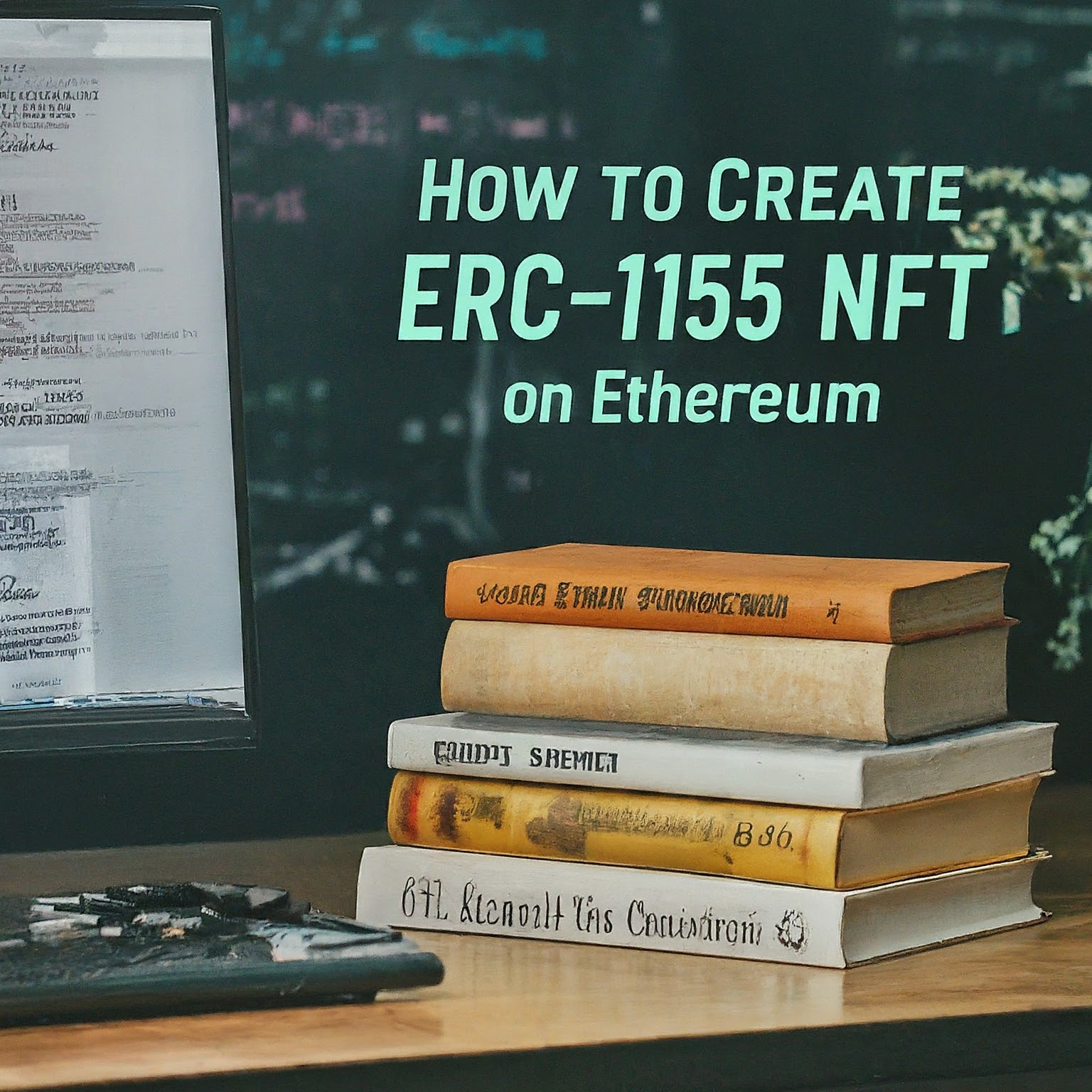
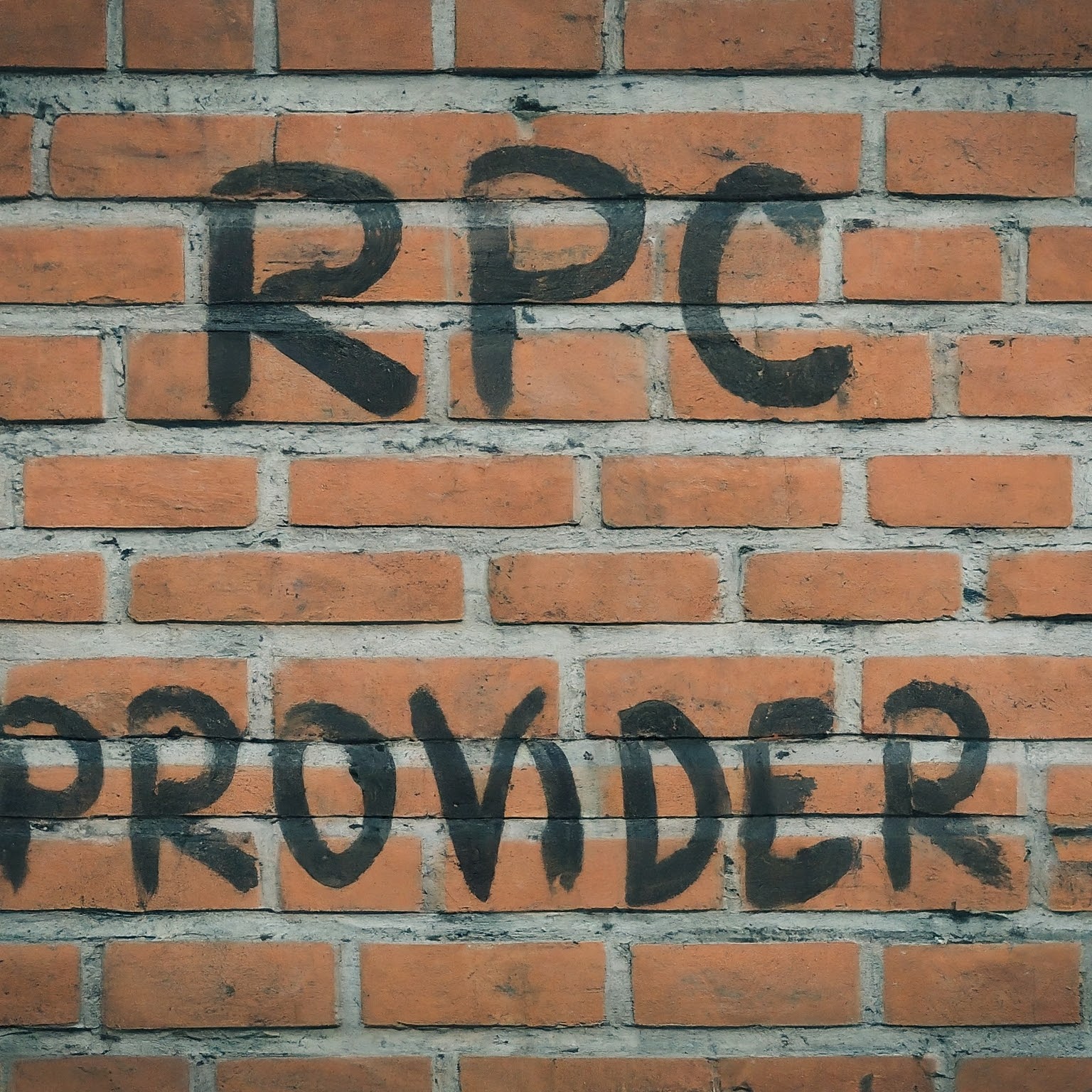
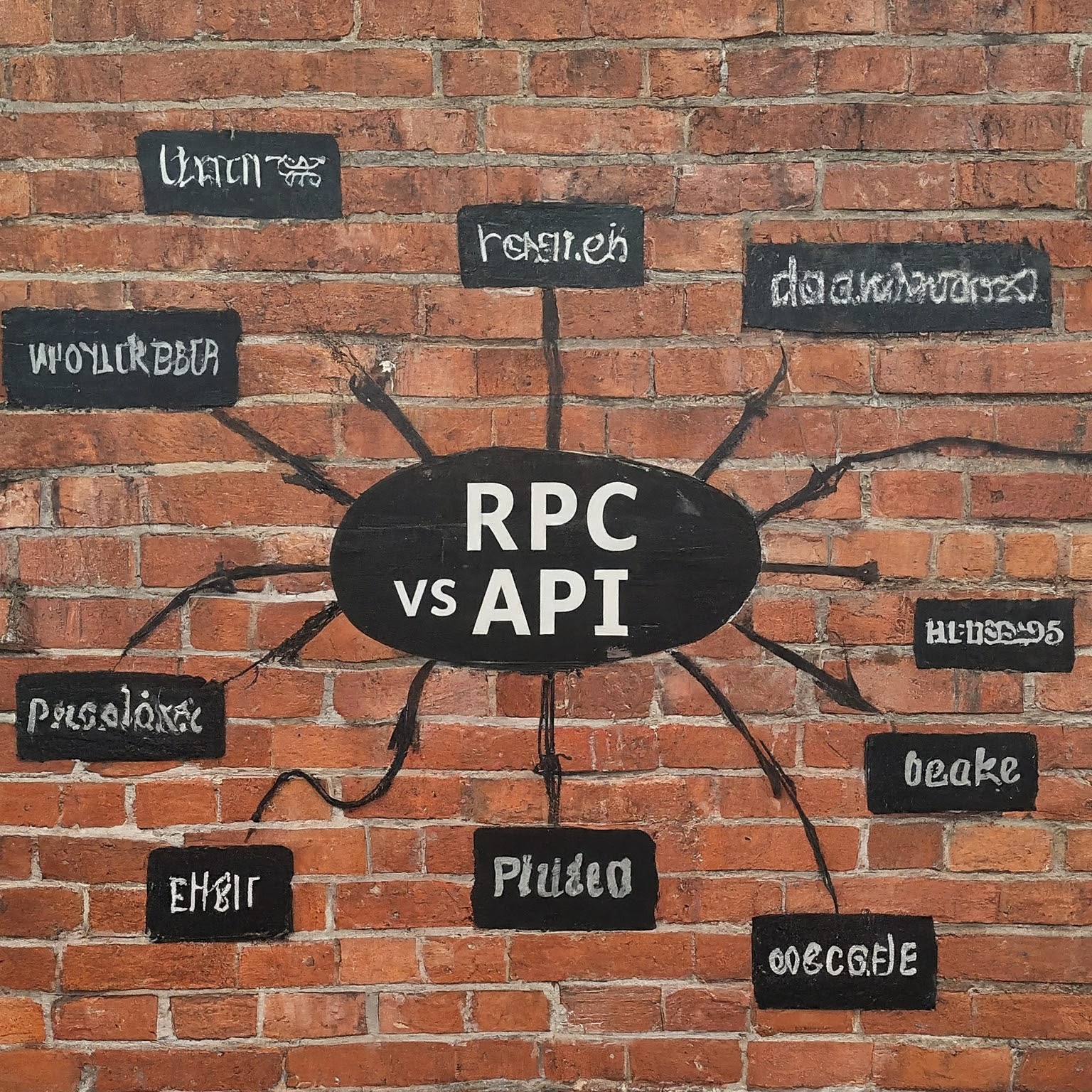
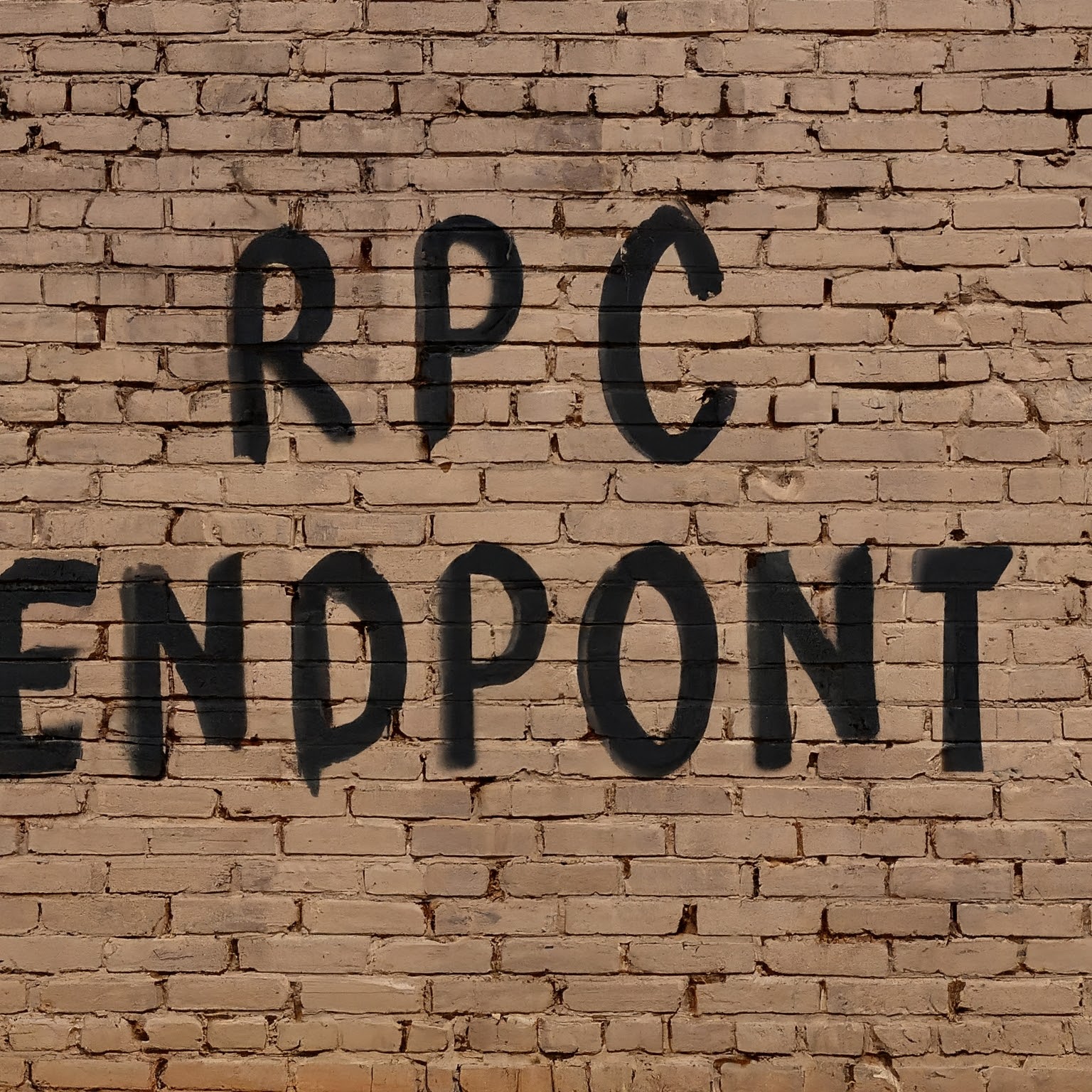

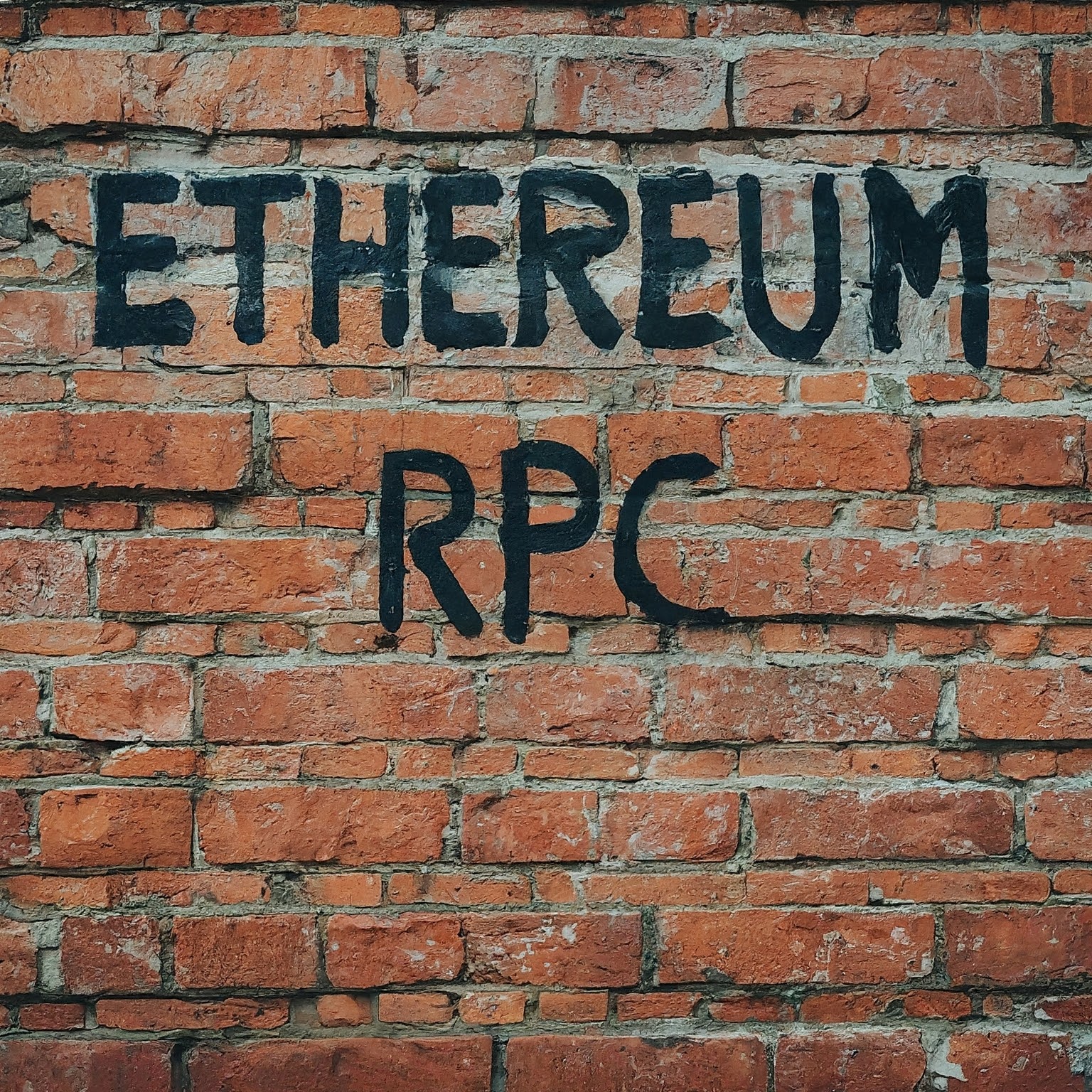
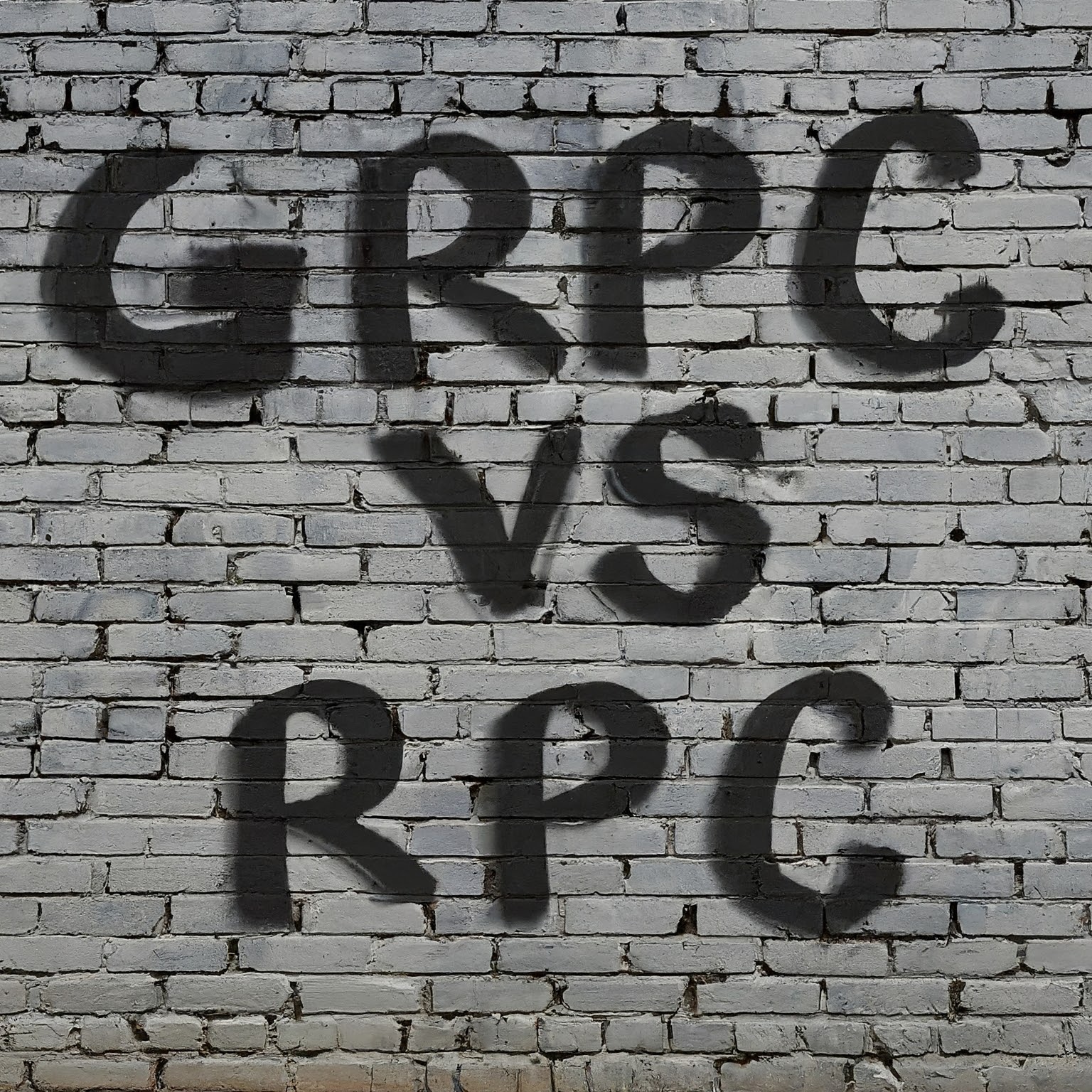
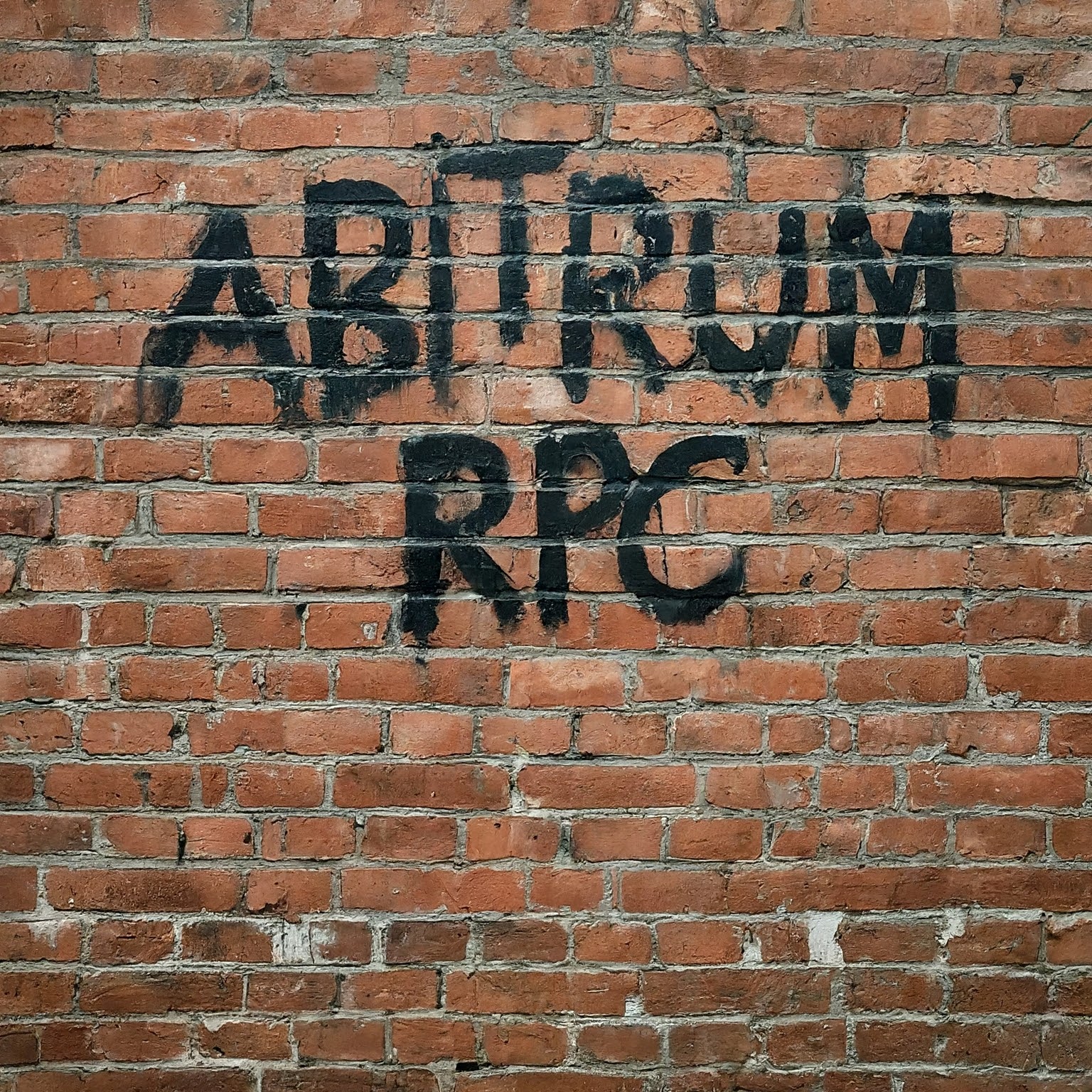

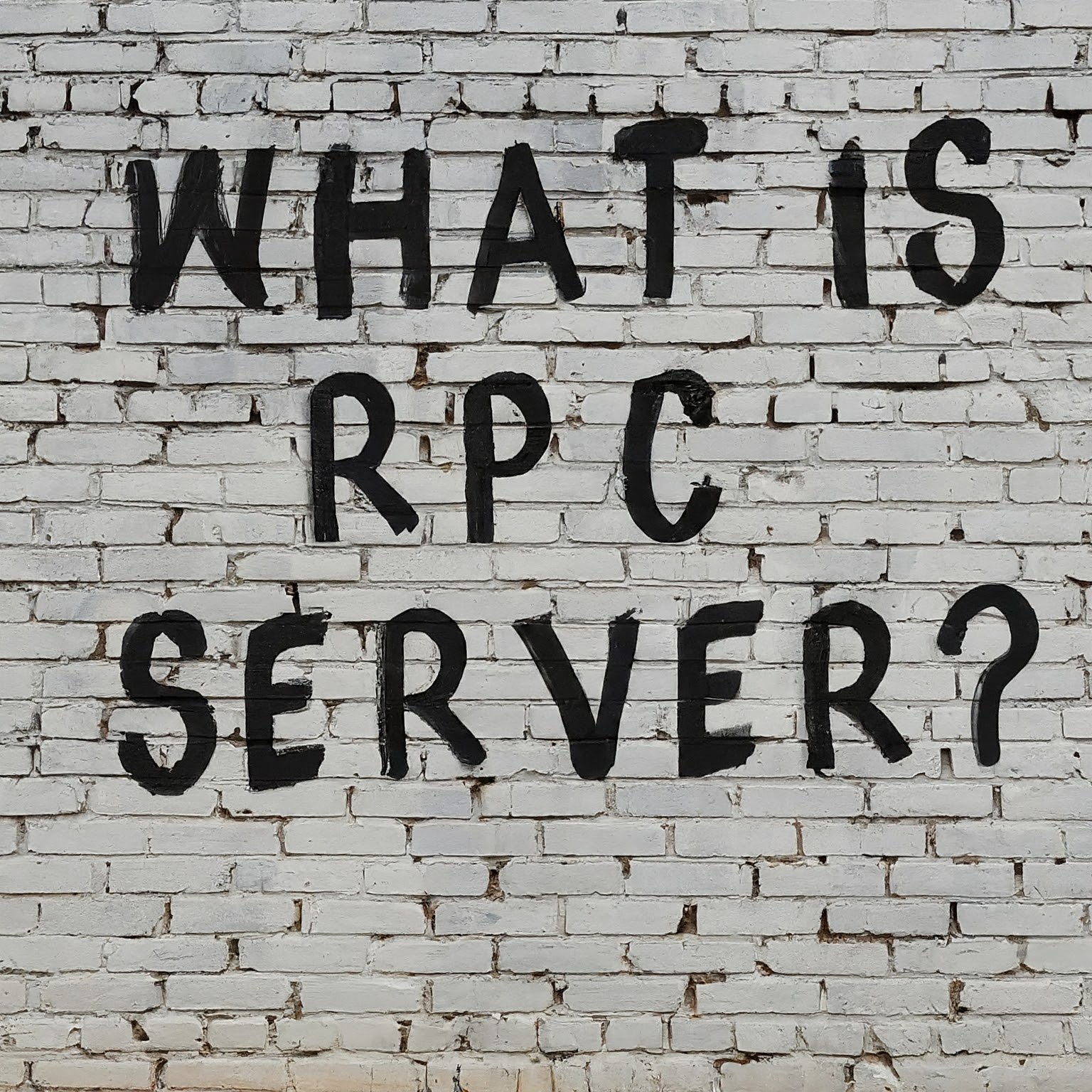

Leave a Reply
You must be logged in to post a comment.